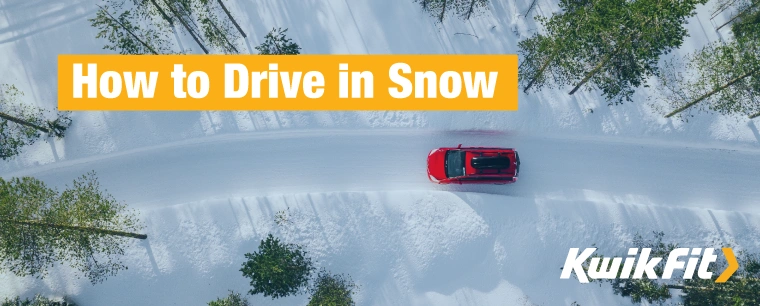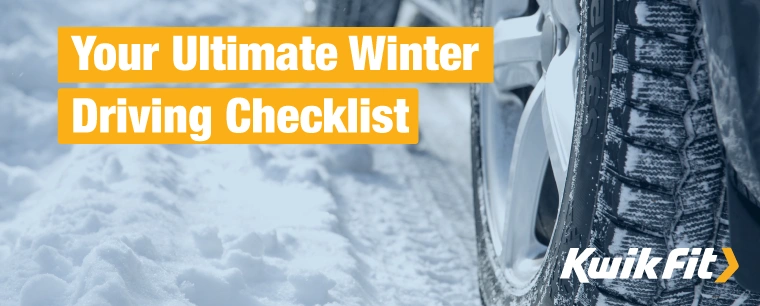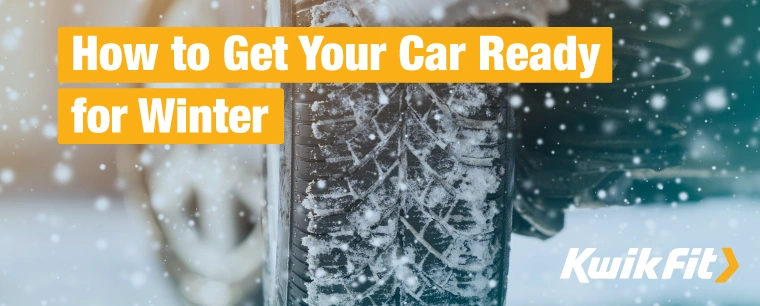How to Drive in Snow
Jack Dreyer | Wednesday 30th November 2022 8:00am

Having to drive in snow, especially for the first time, is one of the most daunting things a driver can be faced with. Not only is visibility dramatically reduced in a snowstorm, but handling becomes much more difficult, too. Not to mention that another driver on the road driving unsafely could be the cause of an accident – regardless of how safely you’re driving.
Wherever possible, it’s best to minimise driving in the snow but, understandably, sometimes you just have to.
Here are some tips for driving safely when the snow is falling.
1. Slow down

Just like driving in heavy rain, visibility is hugely reduced and stopping distances are dramatically increased. This is even more the case when snow has turned to ice on the roads. While most main roads are salted when snow’s expected, the variability of weather often means that some roads get missed – or you’re caught in the worst of it.
The best thing you can do is slow down. While it’d be ludicrous to drive at 20mph on a motorway in normal conditions, it’s perfectly normal to go that slow if conditions warrant it. Slowing down means there’s much less momentum to stop if you need to stop for any reason.
2. Leave lots of space
Tailgating in snow and icy conditions is asking for trouble. As stopping distances can be more than 10 times higher in icy conditions, you need to give ample room in front of you should anything happen.
While it’s normal to leave at least two car lengths in front of you at speed, you could leave more than five car widths in heavy snow. Use your judgement here and assess how safe it is to be near other vehicles.
3. Beware of clear ice

What looks like a dry stretch of road after it’s stopped snowing might actually contain clear ice, otherwise known as “black ice”. And this isn’t something you want in your cocktail at the weekend! This is water that’s frozen flat on the surface of the road – making it very hard to distinguish from the road surface itself.
So even if it’s not currently snowing, you need to reduce speed and be extra vigilant in icy conditions.
If you notice that your car is going into a skid, take your foot off the accelerator, gently apply brakes, and gently steer into the skid. So if the back of your car is skidding into a certain direction, then gently turn the wheels in that direction so that your car doesn’t go into a tailspin. Making sure your ABS is working properly will also help significantly here.
4. Turn on your fog light
Fog lights aren’t used all that often, so new drivers are often surprised when they see other cars with them on – but they’re really handy to help you get seen in conditions of poor visibility.
Fog lights are a single bright light at the back of your car, distinct from your normal brake lights.
They work fundamentally the same as a headlight – that is, they’re a bright bulb – but the main difference is that the beam is narrowed so it doesn’t cause as much glare on all the snow, rain, and sleet that’s falling. Think of them more like lasers than headlights.
They’re really helpful for being seen but be sure to turn them off when visibility improves because lasers aren’t all that pleasant for the drivers behind you.
Make sure you have your car checked going into winter
You don’t want to wait until a snowstorm to find that your tyres are too worn, that your brakes have seized, or that your headlights don’t work. Thankfully, the experts at your local Kwik Fit centre are always on hand to give your car a once-over and make sure everything’s safe for winter.
Any facts, figures and prices shown in our blog articles are correct at time of publication.
Featured Articles
Is Your Car Battery Ready for Winter?
Monday 11th November 2024
Is the UK on the verge of ‘the coldest winter for 50 years?’ Even if El Niño doesn't hit the UK this winter, reduce the risk of a winter breakdown by making sure your car battery is winter-ready.
Your Ultimate Winter Driving Checklist
Monday 31st October 2022
Driving in the colder months presents many challenges. Breakdowns are far more common in winter, so make sure you’re prepared with these essentials.
How to Get Your Car Ready for Winter
Wednesday 28th September 2022
Winter can be a harsh season for your car but planning ahead by carrying out some basic maintenance and packing some essential kit should help you avoid a winter breakdown.







